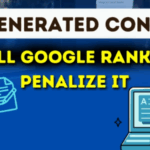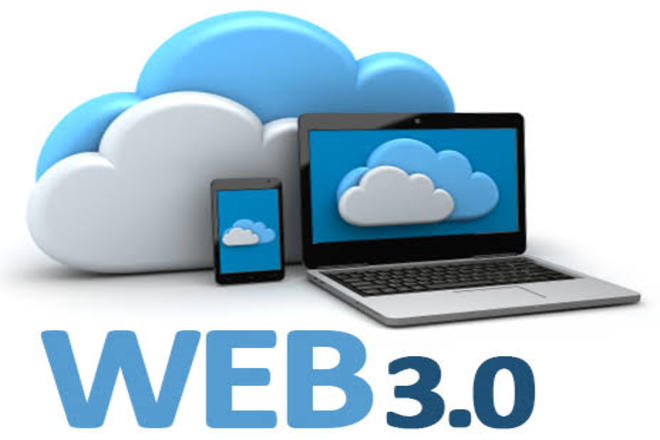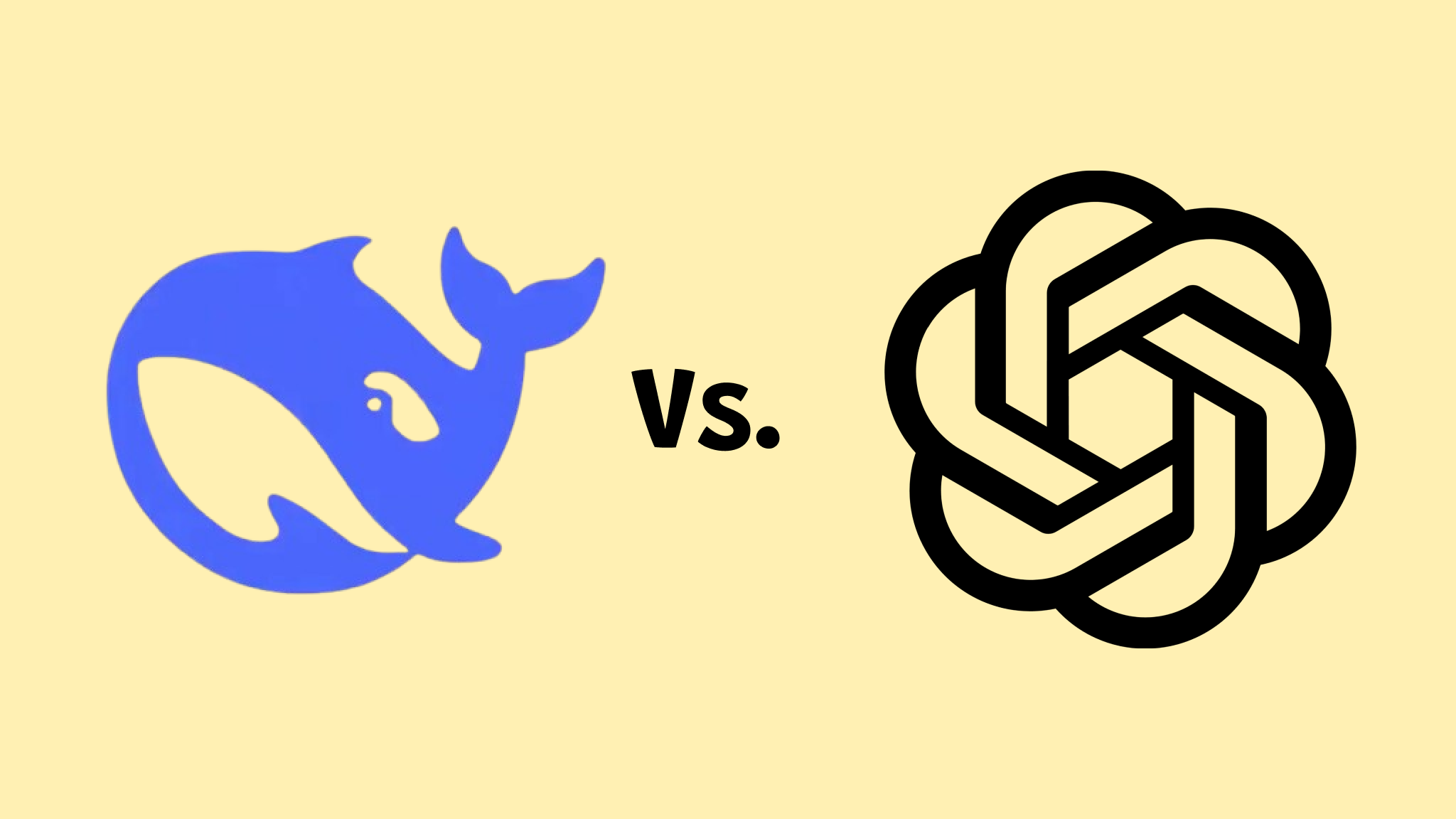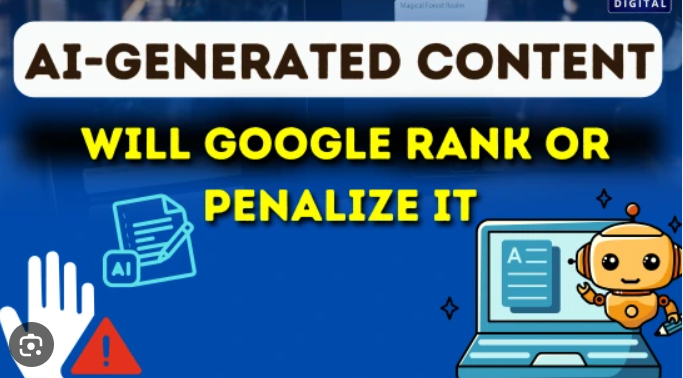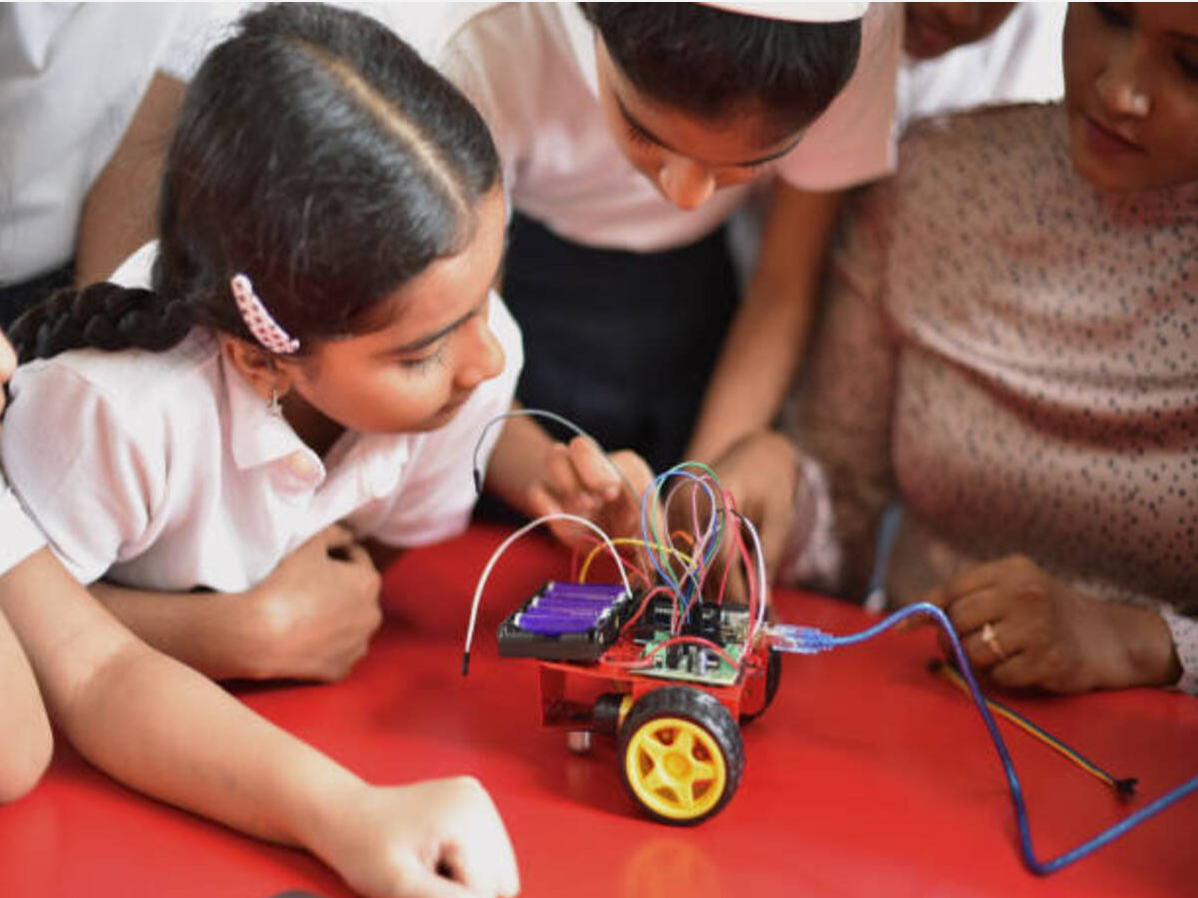Can you imagine life without the internet today? It is nearly impossible. The internet has become a crucial part of our everyday existence. Everything we do, from our jobs and education to our finances, communication, and entertainment, is now controlled and managed by the internet. Here, we will discuss What is web3 technology and the Next Generation Internet.
The recent global pandemic has only pushed human society to rely on the online world even more. As our dependency on the web has grown considerably over the last three decades, the internet itself has gone through massive changes. Now, the next-generation web evolution is knocking on our doors, and what is web3 technology?
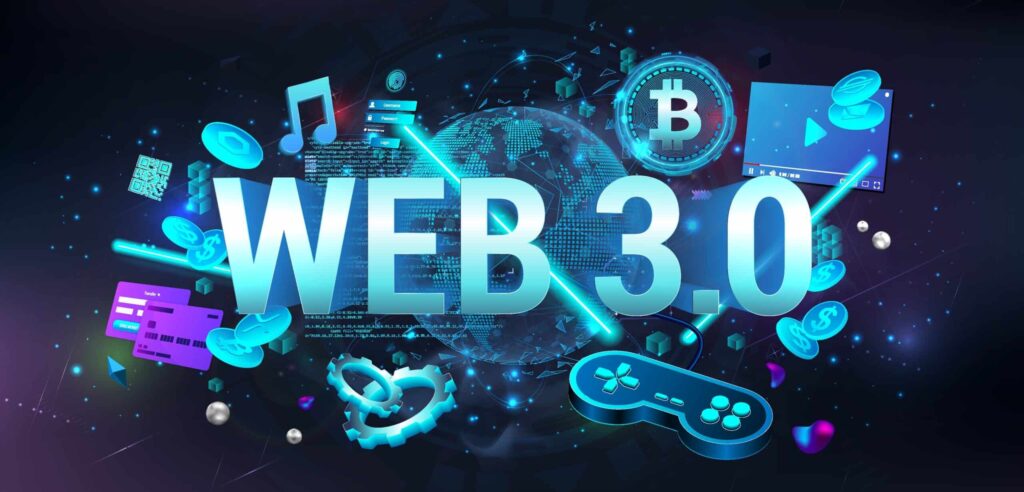
A Journey Through Internet Generations
The internet has evolved through two main stages before the current one. To understand what Web 3.0 is, we must first look back at its predecessors – Web 1.0 and Web 2.0.
Web 1.0: The ‘Read-Only’ Web (Approx. 1991–2004)
Web 1.0 was the internet’s static, beginning phase.
Static Pages
It represented the “read-only” webpages created by a small number of participants.
One-Way Communication
This era was characterized by a single way of communication. The flow was from the publisher of the content to the user over the internet.
Limited Interaction
Users could only read and browse the published content. They could not interact with it. What is web3 technology?
Browsing Challenge
There were no advanced search engines like we have today. Finding information was not a straightforward practice, making browsing the World Wide Web a difficult task.
Though limited, Web 1.0 was a breakthrough because it allowed users to access content published online for the first time.

Web 2.0: The ‘Interactive’ and Social Web (Approx. 2004–Present)
The arrival of Web 2.0 around the year 2000 completely changed how people used the internet. It was a massive leap toward greater participation and user interaction.
User-Generated Content
This new web allowed anybody from any part of the world to create content and publish it to be viewed globally.
Unique Identities
Users gained the chance to create their own accounts across various applications. This gave them their own unique identities on the web.
Social Media Revolution
Web 2.0 is responsible for the arrival of popular platforms like Facebook, Twitter, LinkedIn, Instagram, and YouTube. These sites made the internet a place for social connections.
E-Commerce Boom
This era opened up huge opportunities for businesses. It allowed them to market their products and services easily, leading to the rise of e-commerce.
Technological Milestones
Key technologies like JavaScript, HTML5, and CSS3 were landmark achievements that made these rich, interactive web experiences possible. What is web3 technology?
While Web 2.0 is highly interactive, it has a major drawback: it is mainly controlled by a few large tech companies. These companies act as the gatekeepers of data and algorithmic processes.
What is Web 3.0?
Now, it is time for the next big leap: Web 3.0. This is the new buzzword in the technology world.
Defining Web 3
There is no single, fixed definition yet. However, Web 3.0, often called Web3, is defined as the third generation of internet services for websites and web applications. The main idea behind Web3 is the democratization of the web world rather than its control by corporations (corporatization).
Core Pillars of Web 3
Web3 is built on three major technological pillars that work together to create a more transparent, intelligent, connected, open, and socially efficient internet experience-
Artificial Intelligence (AI) and Semantic Web
It focuses on a machine-based understanding of data.
Blockchain and Decentralization
It provides the foundation for an open, trustless system.
Augmented Reality (AR) / Virtual Reality (VR) and 3D Graphics
It creates immersive and spatial internet experiences.
Key Features of Web 3.0
Web 3.0’s defining traits are what set it apart from Web 2.0. These features promise to fundamentally change how we interact with the internet.
Decentralization and Interoperability
This is perhaps the most important feature. Web 3.0 is not controlled by any single or small group of organizations.
Blockchain Architecture
Web3 is fully decentralized, meaning it is built on public blockchains. A blockchain is a record-keeping system, originally used for cryptocurrency, but its core value is being an immutable (unchangeable) and distributed ledger.
No Permissions Needed
Web 3.0 needs no “permission.” Central authorities will not decide who gets what services.
Eliminating Intermediaries
This will eradicate the role of intermediaries (like banks or tech giants) for virtual transactions between parties. This decentralization protects user privacy better because fewer agencies are collecting large amounts of user data.
Interoperability
The goal is for all online entities, such as users, creators, and services, to exist on a connected spectrum via a specially designed protocol.

Semantic Web
The Semantic Web can be thought of as an extension of the World Wide Web. Its main goal is to make the internet data machine-readable.
Understanding Meaning
It improves web technologies so that content is connected via search and analysis based on understanding the meaning of words, not just keywords and numbers.
Machine-Readable Data
By setting standards (like those from the World Wide Web Consortium or W3C), the web creates robust, decentralized programs that are user-centric.
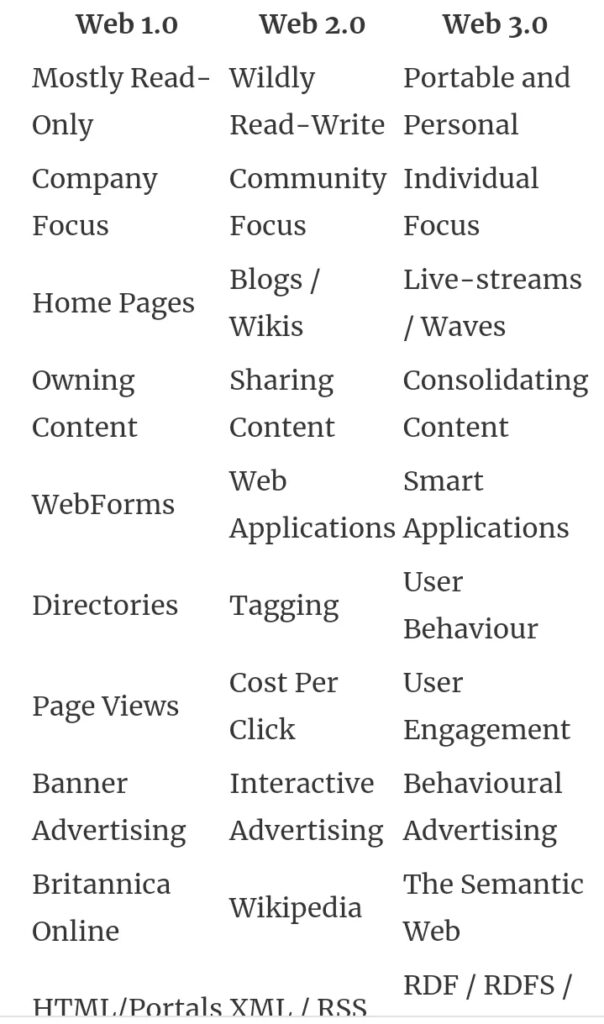
Artificial Intelligence (AI)
AI combined with natural language processing capability will make the internet smarter.
Human-Like Understanding
Web 3.0 aims to ensure that computers will understand information just as humans do.
Faster and Relevant Results
This intelligence will provide faster and more relevant results, making search engines more intelligent to deliver to user needs perfectly.
Ubiquitous Connectivity (IoT)
The internet will be accessible everywhere, on every device.
Internet of Things (IoT)
Every device will be connected to the internet. Content will be accessible via multiple applications.
Universal Accessibility
The internet will be accessible not just on PCs and smartphones, but also via wearables, smart cars, smart appliances, and IoT interfaces. This ubiquitous connectivity demands a new generation of web browsers built for this new device landscape.
3D Graphics and the Spatial Web
The internet will move from flat screens to immersive, spatial experiences.
Immersive Design
Three-dimensional (3D) designs are being used heavily in websites and services. Examples include computer games and e-commerce platforms.
The Metaverse
These characteristics force some to equate Web3 with the spatial web. The spatial web brings together the physical layer, the digital information layer, and the spatial interaction layer.
New Channels
Web3 will provide the internet via new and non-text channels, primarily voice and AR/VR worlds, particularly the metaverse. This will allow for power-rich interaction between users and online service providers.
How Web 3.0 Will Change Our Daily Lives
The web3 technology promises a noticeable change in our daily life interactions by making the internet proactive and personalized.
Personalized Automotive Assistance
Imagine you are driving and you want to watch a movie or find a place to eat. You can simply ask your automotive assistant. The search engine embedded in your car will come up with a personalized response. It will use your location and social media reviews to suggest the nearby cinema and restaurants that match your preferences. The system understands your intention, not just your keywords.
Better Incentives for Creators
The current system often sees only a small percentage of creators receiving a large share of the incentives. Web 3.0 will bring better incentives to content creators. The concept of user incentivization will become standardized. Creators may be rewarded with tokens or cryptocurrency for their work, making the system transparent.

Open-Source Accountability
Web3 technology will be based on open-source code and architecture. This means the code can be used, modified, monetized, and extended by anyone without major restrictions. The open-source architecture will bring greater accountability because there will be more peer reviews of the underlying code.
Enhanced Privacy Protection
By removing the central authorities and intermediaries who collect huge amounts of data, Web3 will technically protect user privacy better. Users will be able to access internet services directly, bypassing the gatekeeping companies.

Is Web 3 technology a Reality Today?
While the full vision of Web 3.0 is still developing, many traits are already making significant progress.
True Ubiquity is Advancing
We have already made huge progress in internet accessibility. It is universal and ubiquitous across areas, devices, and networks. The move to smart cars, wearables, and AR/VR gear is happening rapidly.
Blockchain and Cryptocurrency
The use of public blockchains, cryptocurrency, and NFTs (Non-Fungible Tokens) is an early and tangible part of the Web 3.0 ecosystem. They represent the decentralized finance (DeFi) and ownership aspects of this new web.
Metaverse Investments
Major investments in AR/VR and metaverse platforms show that the spatial web is a high-priority area for technological development.
Web 3.0 is not a single launch but an evolution. The shift from a corporate-controlled, keyword-driven web to a decentralized, intelligent, and immersive web is underway. When someone asks, “What is web3 technology ?” the answer is the future version of the internet services. It is based on public blockchains and is fundamentally decentralized, intelligent, and permissionless, aiming to put power and ownership back into the hands of the users and creators.

